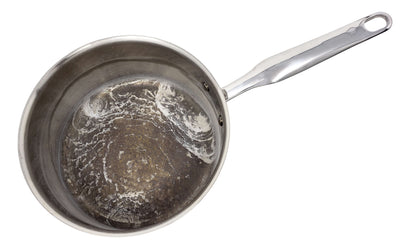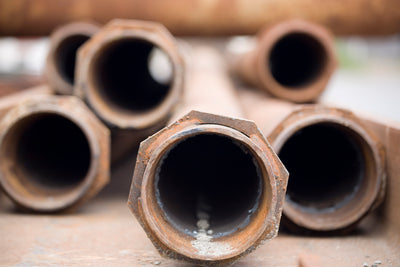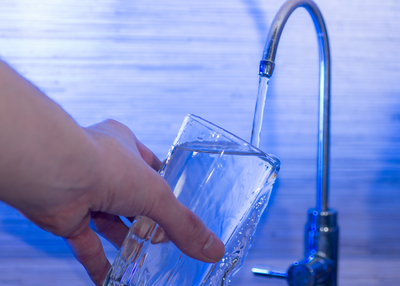Hydroviv's Science Team
If you're looking for a water filter for your apartment, condo, or vacation home your options might be limited. However, you shouldn't be forced to settle for ineffective pitcher or fridge filters that don’t remove things like lead, PFAS, or chromium 6. These are the big things to consider when shopping for a water filter for your apartment or rental home.
Universal Connections
You probably don't want to change out the kitchen faucet in a place that you are renting, so you’ll want to make sure that your water filter connects to the existing faucet and cold water valve with universal faucet connections. Nearly all faucets in the US use a 3/8” compression fitting to connect to the cold-water shutoff valve, so make sure that the inlet and outlets use that size connection.
Size
Many apartments and condos in cities like New York City or Washington, D.C. have smaller under sink spaces than what are found in larger homes. When you are shopping for water filters, you’ll need to take size into account, especially if your unit has a garbage disposal that takes up a bunch of space under your sink. Most reverse osmosis systems are bulky and have large storage tanks, and will not fit under the sink of many apartments.
Deposit Considerations
Many water filtration systems for apartments require that you drill a hole in your drain line, or that you drill a hole in your counter top. Obviously, if you do either of those things, you won’t get your deposit back, so most people don’t opt for reverse osmosis systems that require a drilled connection to your drain. It can also be difficult to get a plumber to a more remote location if you're looking to install a Reverse Osmosis filter in a second home.
Portability
When you rent your home, you want to make sure that your water filter can be taken with you when it’s time to move. Make sure that your apartment water filter un-installs very easily, so you don’t leave it behind in the frantic move out!
Hydroviv’s custom water filters are engineered with renters in mind. Its housing fits in small spaces and connects to existing faucets with screw on, screw off connections in 15 minutes, no plumbing experience needed, and we provide an easy water filter installation guide to help you along the way. When it’s time to move or close up camp for the season, Hydroviv water filters can be pulled in about 5 minutes, and the unit’s plumbing can be put back to how it was when you got there.
Other Great Articles We Think You'll Enjoy:Pittsburgh is in The Midst of a City-Wide Lead Contamination Problem
Why Your TDS Meter Isn't Telling You Anything Useful
The Lead Problem In New York City Tap Water That Nobody Is Talking About









